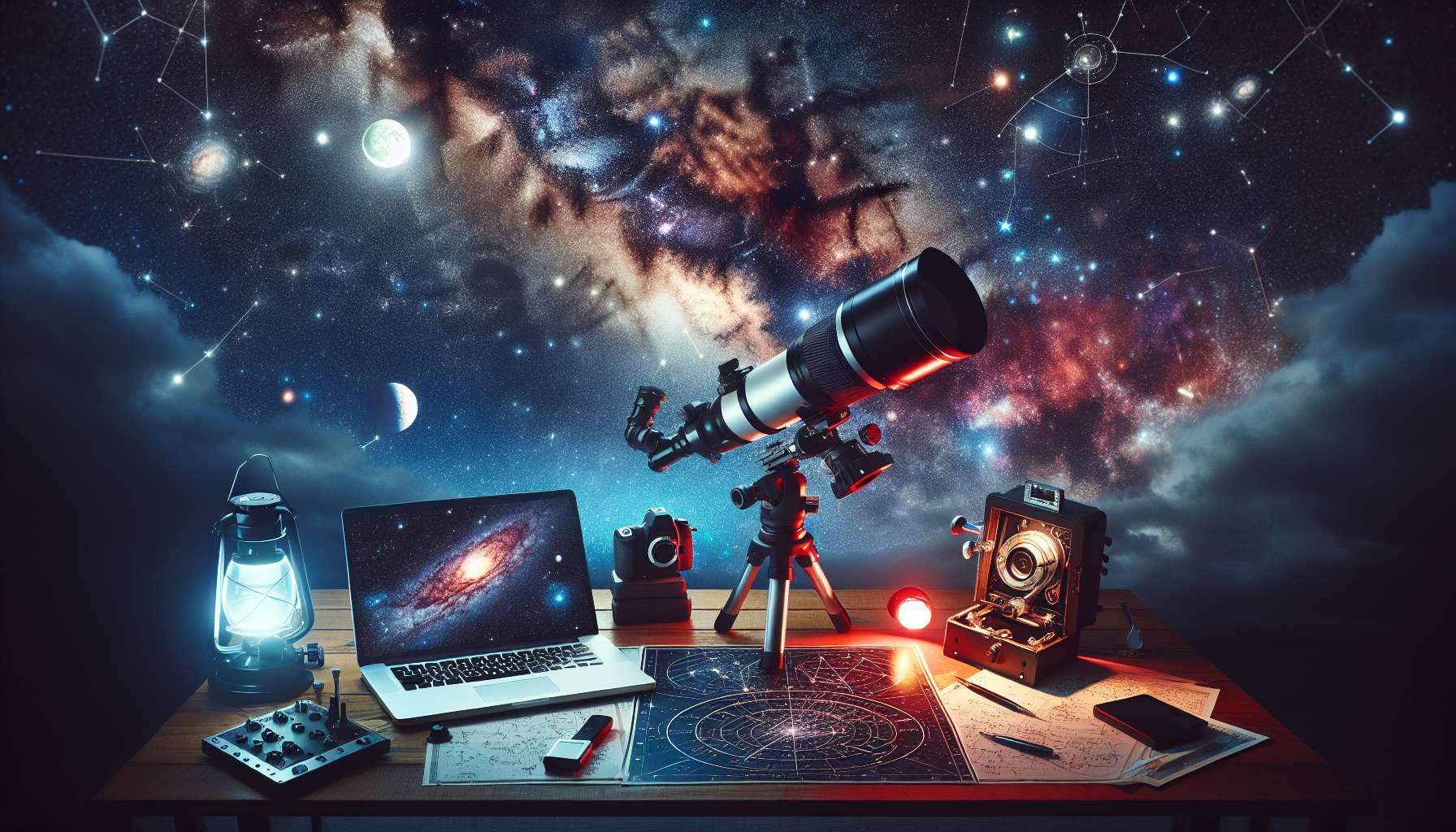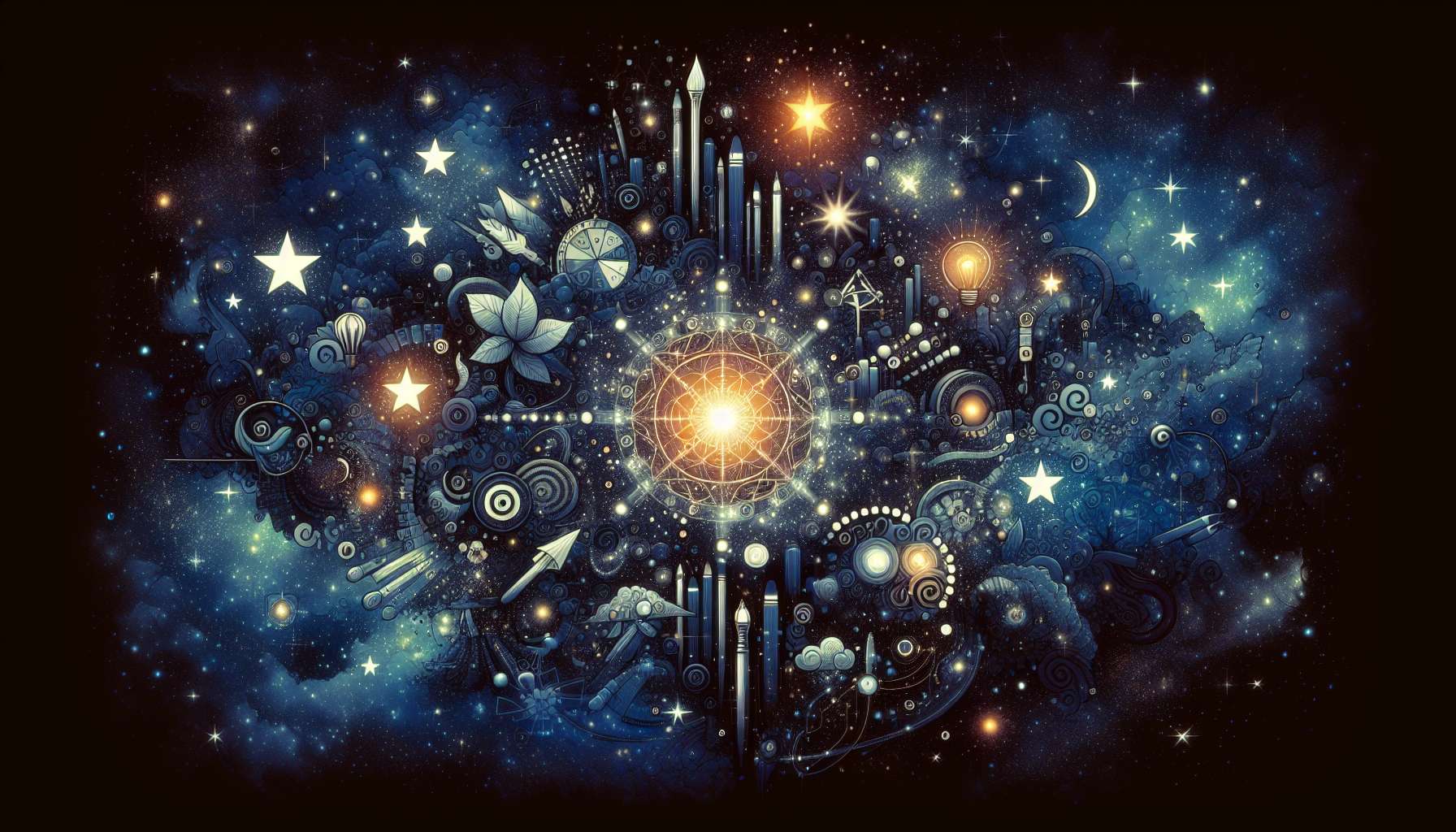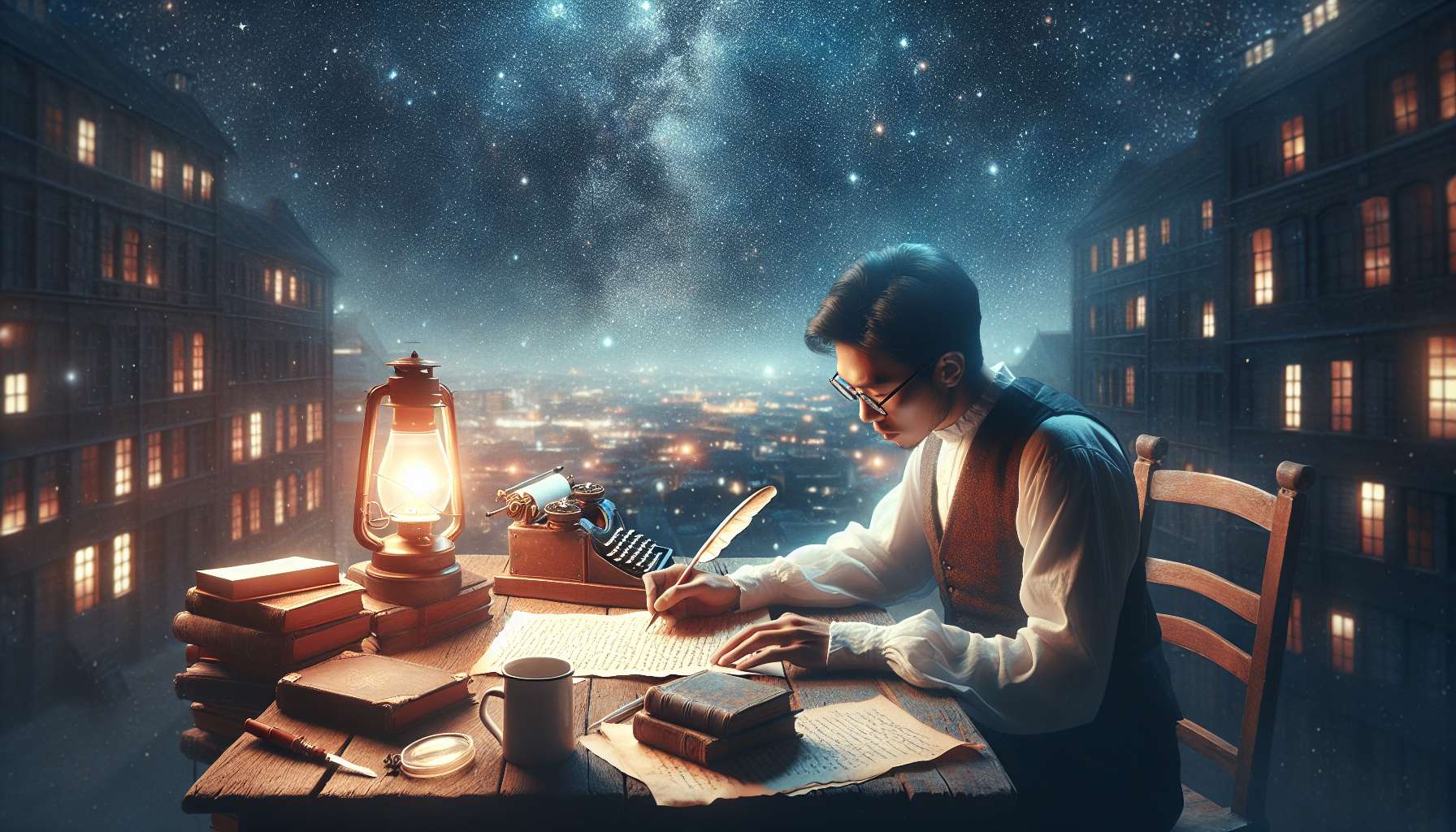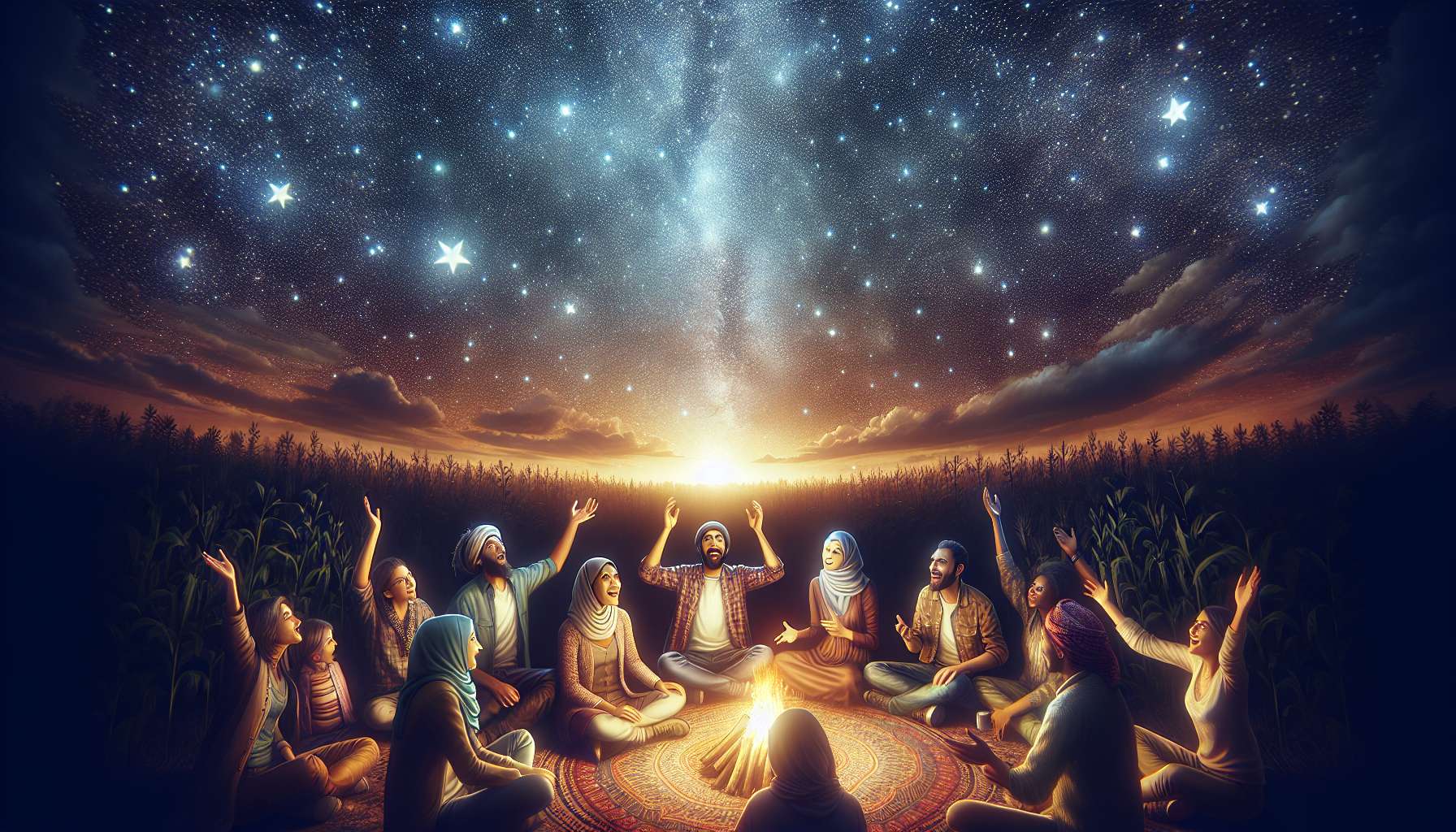Astro-photography Techniques: Capturing the Wonders of the Universe
Have you ever gazed up at the night sky, marveling at the vast expanse of stars, planets, and galaxies? Imagine being able to capture those celestial wonders through the lens of a camera, freezing moments in time that reveal the beauty and mystery of the universe. This is the magic of astro-photography, a specialized form of photography that requires skill, patience, and a deep understanding of both photography and astronomy. In this article, we will explore the intricate techniques involved in astro-photography, from capturing stunning images of the Milky Way to photographing distant nebulae and galaxies.
The Basics of Astro-photography
Astro-photography is a challenging yet rewarding genre of photography that involves capturing images of astronomical objects and celestial events. Unlike traditional photography, astro-photography requires specialized equipment and techniques to overcome the obstacles posed by low light levels, long exposure times, and the Earth’s rotation. To successfully capture stunning images of the night sky, photographers must understand the fundamentals of astro-photography, including:
Equipment: The key to successful astro-photography is having the right equipment. This includes a DSLR or mirrorless camera with manual settings, a sturdy tripod to keep the camera steady during long exposures, and a telescope or telephoto lens for capturing distant objects.
Settings: Setting up your camera correctly is crucial for astro-photography. You will need to use manual mode to adjust settings such as aperture, shutter speed, and ISO to achieve the best results. Choosing the right settings will depend on the type of object you are photographing and the conditions of the night sky.
Focusing: Achieving sharp focus is essential in astro-photography, especially when photographing distant objects like stars and galaxies. Manual focus is often preferred over autofocus, as it allows for greater precision when capturing fine details in the night sky.
Composition: Composition plays a vital role in astro-photography, as it helps to create visually appealing images that draw the viewer’s eye to the main subject. Consider the placement of celestial objects, the balance of light and dark areas, and the overall mood of the image when composing your shots.
Post-processing: Once you have captured your images, post-processing is a crucial step in astro-photography. This involves adjusting settings such as exposure, contrast, and color balance to enhance the beauty of the night sky and bring out the details in your photos.
Advanced Techniques in Astro-photography
While mastering the basics of astro-photography is essential, there are also advanced techniques that can take your images to the next level. These techniques require a deeper understanding of photography and astronomy, as well as the ability to overcome technical challenges in capturing images of the night sky. Some of the advanced techniques in astro-photography include:
Stacking: Stacking is a technique used to improve the quality of astro-photography images by combining multiple exposures of the same object. This helps to reduce noise, increase detail, and enhance the overall clarity of the final image.
Tracking: Tracking involves using a motorized mount to compensate for the Earth’s rotation during long exposures. This allows photographers to capture sharp, detailed images of celestial objects without the blurring caused by the Earth’s movement.
Time-lapse: Time-lapse astro-photography involves capturing a series of images over a period of time and then combining them into a video. This technique allows photographers to create stunning visual effects, such as star trails and the movement of celestial objects across the night sky.
Deep-sky Imaging: Deep-sky imaging is a specialized form of astro-photography that focuses on capturing detailed images of distant galaxies, nebulae, and star clusters. This requires advanced equipment such as telescopes with large apertures and specialized cameras for capturing faint light from deep-sky objects.
Planetary Imaging: Planetary imaging involves capturing high-resolution images of planets in our solar system, such as Jupiter, Saturn, and Mars. This requires specialized cameras with fast frame rates and high sensitivity to capture the fine details of planetary surfaces and atmospheric features.
Challenges and Considerations in Astro-photography
While astro-photography offers a unique opportunity to explore the wonders of the universe through photography, it also presents numerous challenges and considerations for photographers. From dealing with light pollution to overcoming technical limitations, astro-photography requires a combination of skill, patience, and creativity to achieve stunning results. Some of the challenges and considerations in astro-photography include:
Light Pollution: Light pollution from urban areas can interfere with astro-photography by washing out the details of the night sky. Photographers may need to travel to remote locations with minimal light pollution to capture clear, high-quality images of the stars and planets.
Weather Conditions: Weather conditions such as clouds, humidity, and temperature can impact the quality of astro-photography images. Photographers must be patient and flexible, waiting for clear nights with stable atmospheric conditions to capture the best possible images.
Technical Limitations: Technical limitations such as camera noise, lens distortion, and sensor sensitivity can affect the quality of astro-photography images. Photographers must understand these limitations and work to overcome them through proper equipment, settings, and post-processing techniques.
Time and Patience: Astro-photography requires time and patience to achieve the best results. Photographers may need to spend hours capturing multiple exposures, adjusting settings, and fine-tuning their images to create stunning photos of the night sky.
Expert Opinions
To gain further insights into the world of astro-photography, we reached out to several expert photographers in the field. According to renowned astro-photographer John Smith, “Astro-photography is a blend of art and science, requiring both technical skill and creative vision to capture the beauty of the universe. It’s a challenging yet rewarding genre of photography that offers endless opportunities for exploration and discovery.”
Another expert, Sarah Johnson, adds, “Astro-photography allows us to connect with the cosmos in a unique way, capturing the wonders of the night sky and revealing the hidden beauty of distant galaxies and nebulae. It’s a fascinating journey that requires dedication, passion, and a deep appreciation for the mysteries of the universe.”
Common Misconceptions
Despite the growing popularity of astro-photography, there are still some common misconceptions and myths surrounding this specialized genre of photography. One common misconception is that you need expensive equipment to capture stunning astro-photography images. While high-quality equipment can enhance your images, it’s possible to achieve excellent results with a basic DSLR camera and a tripod.
Another misconception is that astro-photography is only for professional photographers with advanced technical skills. In reality, astro-photography is accessible to photographers of all levels, from beginners to experienced professionals. With the right knowledge, practice, and dedication, anyone can learn to capture beautiful images of the night sky.
Conclusion
To wrap things up, astro-photography is a fascinating and rewarding genre of photography that allows us to explore the wonders of the universe through the lens of a camera. By mastering the techniques and skills required for astro-photography, photographers can capture stunning images of the night sky, from distant galaxies to the colorful hues of nebulae. Whether you’re a beginner or an experienced photographer, astro-photography offers endless opportunities for creativity, discovery, and appreciation of the beauty of the cosmos. So grab your camera, set up your tripod, and venture into the night to capture the magic of the stars and planets above.
Remember, the universe is waiting to be discovered through the art of astro-photography.




